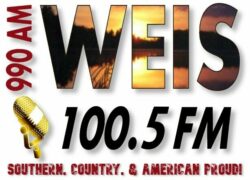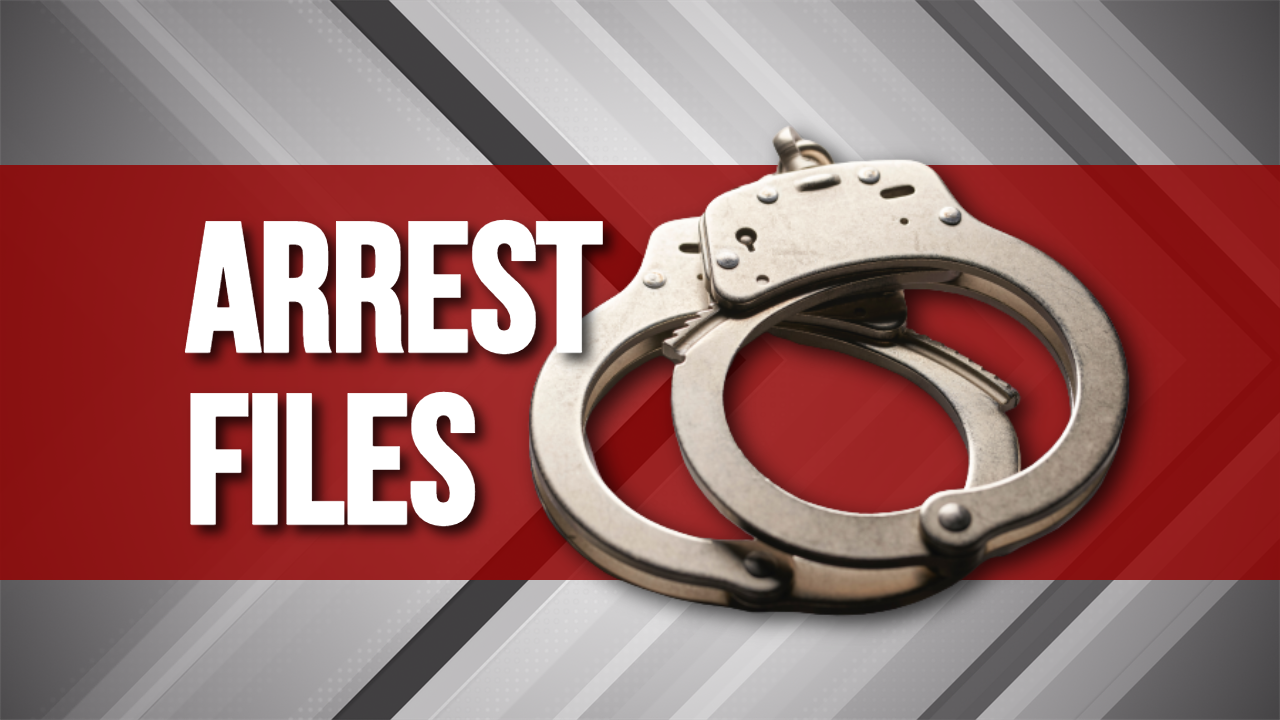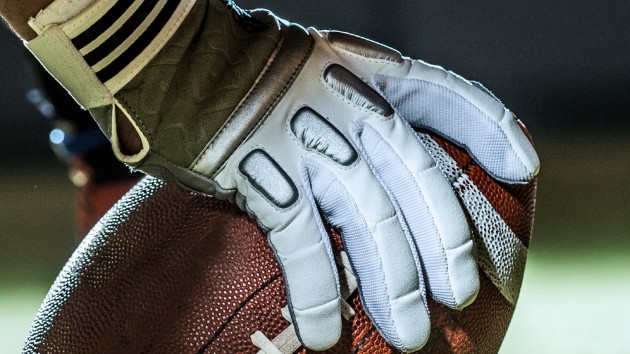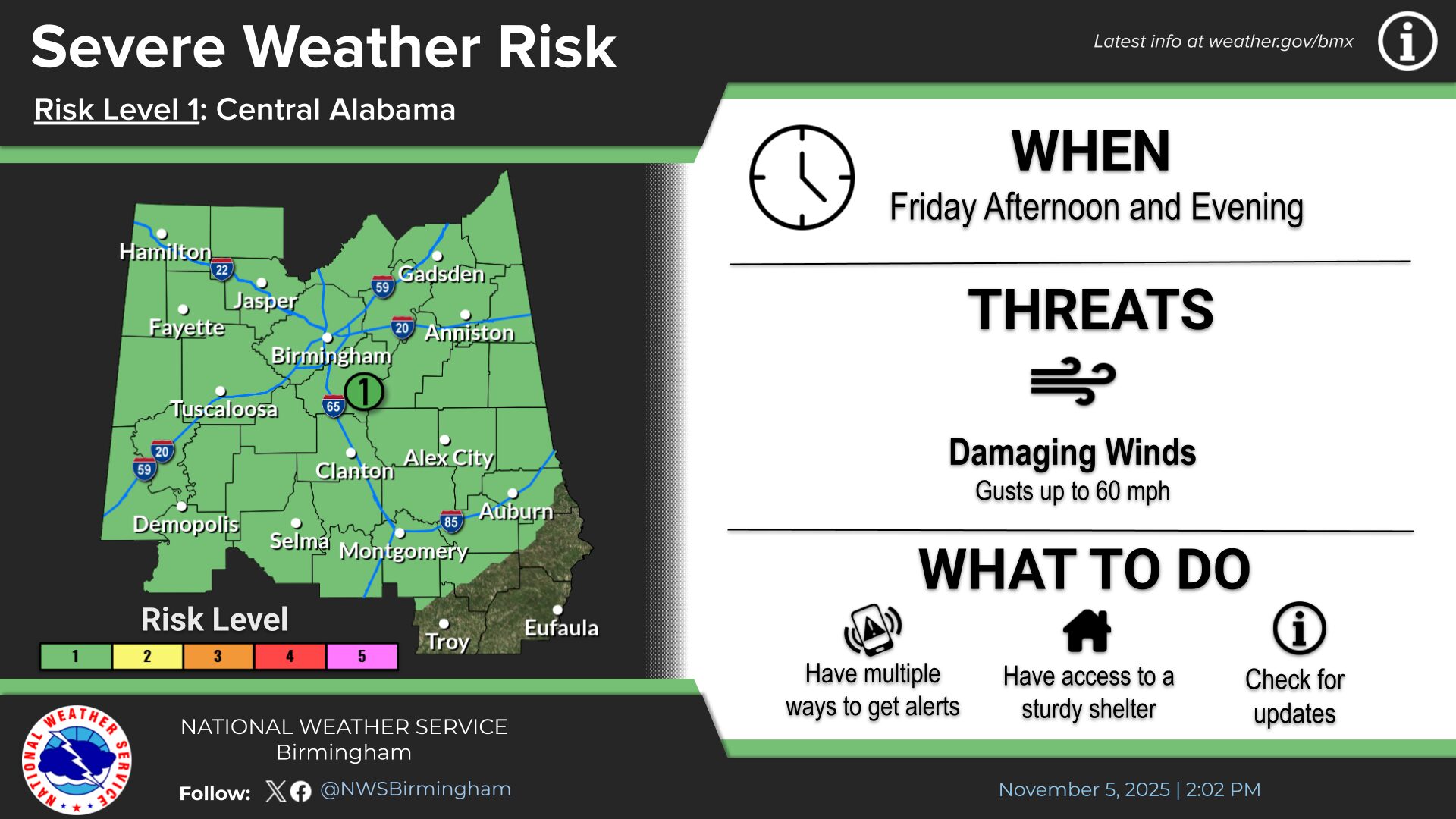
(NEW YORK) — In early May, when the first cases of monkeypox surfaced in the United Kingdom and Europe, health officials in the United States advised Americans not to panic.
There had been outbreaks of the rare disease before that had been controlled with testing and vaccines, and experts were optimistic an outbreak of monkeypox in the U.S. could be contained.
“We’re working hard to contain the cases that are happening so they don’t spread onward,” Jennifer McQuiston, deputy director of the Centers for Disease Control and Prevention’s High Consequence Pathogens and Pathology division, said during a media briefing in May.
More than two months later, the situation appears to be much different.
As of Friday, there were more than 7,100 reported cases in the U.S. across 48 states, the District of Columbia and Puerto Rico, according to the CDC, resulting in the Department of Health and Human Services declaring the outbreak a public health emergency Thursday.
That stands in stark contrast to instances of the disease in the recent past — two travel-associated cases in 2021 and a small outbreak in 2003 linked to contact with pet prairie dogs, which were infected after being kept near small mammals from Ghana.
Currently, about 80,000 specimens per week are being tested and at least 600,000 vaccines have been distributed throughout the nation, health officials said during a media briefing Thursday.
While the federal government has acquired more than 1 million vaccine doses as part of the national stockpile preparedness program and has newly appointed monkeypox crisis coordinators, some public health experts interviewed by ABC News said the first cases in Europe back in May should have been a warning sign for the U.S. to ramp up testing and vaccination because of the possibility of community transmission.
Unlike COVID-19, monkeypox is more difficult to transmit, passing primarily through direct skin-to-skin contact. But there has been criticism leveled that it was a slow start and some mistakes made during the early days of the COVID-19 pandemic were repeated.
“Quite frankly, the inability of the government and inability of federal public health to respond sooner than it did is what cost us here,” Dr. Perry Halkitis, dean of Rutgers School of Public Health, told ABC News.
The White House said Thursday President Joe Biden is getting “regularly briefed on monkeypox” and it’s an issue that is “top of mind” for him.
Lack of alarm bells
The first case of the current outbreak was reported in the U.K. on May 7. Soon cases began to crop up in countries in mainland Europe, such as in Portugal and Spain.
The U.S. did not see a case of monkeypox confirmed until May 19 in a Massachusetts patient. With only one case, the Massachusetts Department of Public Health cautioned the risk to the public was low.
But like the early days of the COVID-19 outbreak, some public health experts warned that cases were likely more widespread than was publicly known.
Halkitis said the U.S. should have immediately started assembling a task force and increasing the supply of tests and vaccines after the first monkeypox patient was confirmed in Europe, suggesting potential community transmission.
“When the disease first appeared, that should have rung alarm bells for people,” he said. “We know perfectly well from COVID how quickly things spread because of global travel. We should have been at that point acting immediately, putting task forces together, getting vaccines and we did not do that.”
“Now they’re going to put a task force together? It’s a little late,” Halkitis continued.
Testing criteria not broad enough
It was not until late June that the HHS announced it was expanding testing capacity and accessibility by shipping tests to five commercial laboratories nationwide.
Between mid-May and early June, U.S. laboratories had only tested a little more than 2,000 specimens from patients suspected to have monkeypox, a CDC report found.
However, testing has rapidly increased from 6,000 specimens per week in late June to more than 80,000 per week currently, CDC director Dr. Rochelle Walensky said during a media briefing Thursday.
“As testing has increased, our capacity for testing has increased and far outpaced the demand,” she said. “So right now, we’re really only testing at about 10% of the capacity we have, and we are encouraging anyone who has a prospective rash that could be monkeypox to present for testing.”
The CDC currently recommends that people be tested only if they think they have monkeypox — including the telltale sign of a rash — or have had close contact with someone who has monkeypox.
But Dr. Peter Chin-Hong, an infectious diseases specialist at the University of California, San Francisco, said testing recommendations should be expanded to a few more groups because not all rashes look the same and some high-risk people may not know that they were even exposed.
“We should be testing much more than we’re testing now and I think we should loosen the criterion or guidance for who we should test,” he told ABC News. “I think we should flood the community with testing, just like in COVID.”
He also said because monkeypox does not always manifest as a rash on the skin — with sores sometimes appearing in the mouth, vagina or rectum — those at high-risk who don’t have a traditional rash should have swabs performed in those areas to test for monkeypox.
Delay in making vaccines available
In May, Biden called the level of exposure something “everybody should be concerned about” but that the country has vaccines and that it doesn’t rise to the level of concern of COVID.
So far, the U.S. secured 6.9 million doses for delivery by May 2023, according to the HHS, with 1.1 million made available to states for ordering.
Some experts say vaccines could have been distributed a lot more quickly. The U.S. government currently has a contract with Danish firm Bavarian Nordic to “finish and fill” Jynneos, a vaccine approved for both smallpox and monkeypox.
The bulk of the 1.1 million doses initially sat in a plant that needed to be inspected by the U.S. Food and Drug Administration, a typical process for the agency.
Last month, the FDA said it had approved 786,000 doses to be released after it finished inspecting the plant and determined the vaccines being formulated there met its standards. The investigation only took about six weeks, much faster than typical for the FDA.
“Six weeks is pretty fast for that,” Dr. Gregory Poland, head of the Mayo Clinic’s Vaccine Research Group, told ABC News. “What the argument would be is that the three-year-shelf life is too short.”
As soon as vials are filled with the vaccine, a three-year ticking clock to expiration begins. Poland says the FDA may have held off on signing off to try to get the vaccine to as many people as possible before this occurred.
However, demand is far outpacing supply. About 600,000 doses have been delivered and there are 1.1 million people eligible to be vaccinated.
Currently, the U.S. only uses the Jynneos vaccine, not another smallpox vaccine called ACAM2000 — which the U.S. has in a stockpile — because the latter can cause side effects in people with certain conditions, such as those who are immunocompromised.
But Poland says the vaccine should be used and people can be screened to make sure they don’t have any conditions that put them at risk.
“I understand reluctance to use it but, especially if monkeypox really starts exploding, I don’t think you’ll have a choice at that point,” he said. “I think if your choice is we’ve got nothing or we’ve got this, that’s easy for me.”
To increase the number of doses available, FDA Commissioner Dr. Robert Califf said during a media call on Thursday the agency has “identified a potential solution.”
“We’re considering an approach … that would allow health care providers to use an existing one-dose vial of the vaccine to administer a total of up to five separate doses,” he said.
The vaccine would be given in a smaller, shallower injection under the skin, a method Califf said would still be safe and effective but would allow up to five doses to be pulled from one vial.
Hesitation to declare a public health emergency
The HHS on Thursday declared monkeypox a public health emergency, 78 days after the first U.S. case was detected in May and about two weeks after the World Health Organization did the same.
It also comes two days after Biden named a national monkeypox team to help combat the outbreak and help increase the availability of tests, treatments and vaccines.
Larry Gostin, a former CDC and WHO consultant who has been advising the White House on monkeypox response, said the announcement could be a “turning point” in the nation’s health response after a “lackluster start.”
“It’s coming very, very late,” Gostin, also a professor of medicine at Georgetown University., told ABC News’ “Start Here.” “It’s not a time to panic, but it’s absolutely a time to get serious. And I hope that this will be a pivotal turning point for the administration after a lackluster start.”
By issuing a declaration, HHS will be able to take a series of actions including accessing funds set aside for such an emergency as well as appointing personnel to positions directly responding to the emergency. It will also help speed up test and vaccine distribution.
“One thing that’s been hampered from the beginning is money,” Chin-Hong said. “Money means personnel, it means even delivering medications to patients, it means diverting people away from other activities temporarily to try to focus on one outbreak instead of focusing on 10 million other things.”
Before the U.S. declared an emergency, New York, Illinois and California all declared their own emergencies. But without a national declaration, it meant states couldn’t access federal resources.
“California, Illinois and New York might be able to cobble stuff from their own state funds, but they can’t really use federal funds — unless it’s been like some puny money for random emergencies in the future — because there’s no dedicated monkeypox money from a federal level,” he said. “You know, a lot of the efforts in each of the parts of the country is hampered by money.”
As to why the U.S. took so long to declare a health emergency — HHS Secretary Xavier Becerra cited “evolving circumstances” for the declaration — experts say there are a few reasons.
One is to avoid further stigmatization of the LGBTQ community. So far, most cases in the U.S. have been reported among men who have sex with men, a group that includes people who identify as gay, bisexual, transgender and nonbinary.
Even though the CDC has said there is no evidence that monkeypox is a sexually transmitted infection and that anyone can contract the disease, Halkitis said health officials may have been worried about further discrimination of LGBTQ people.
“The other reason I think there’s a hesitation is because I think people are exhausted with COVID,” he said. “And the last thing people want to hear about is another public health emergency when we don’t even have the last one under control.”
ABC News’ Devin Dwyer, Cheyenne Haslett and Karen Travers contributed to this report.
Copyright © 2022, ABC Audio. All rights reserved.





